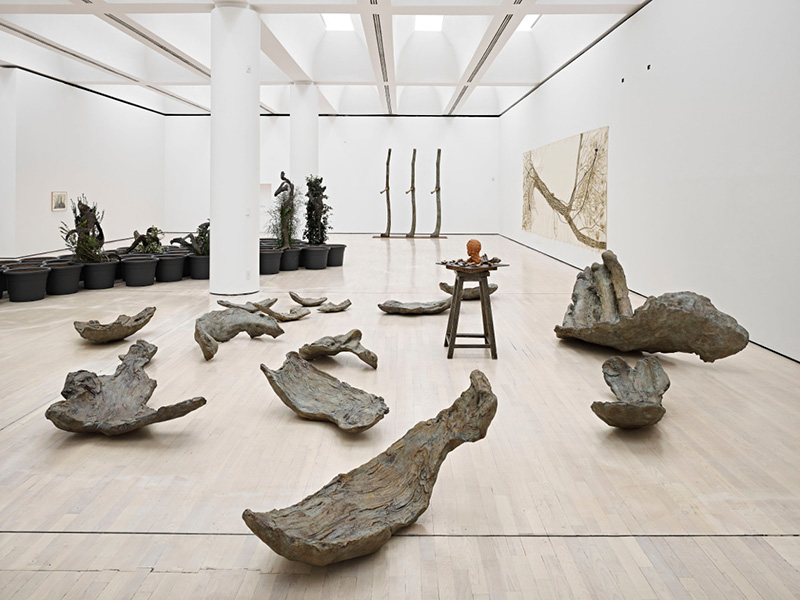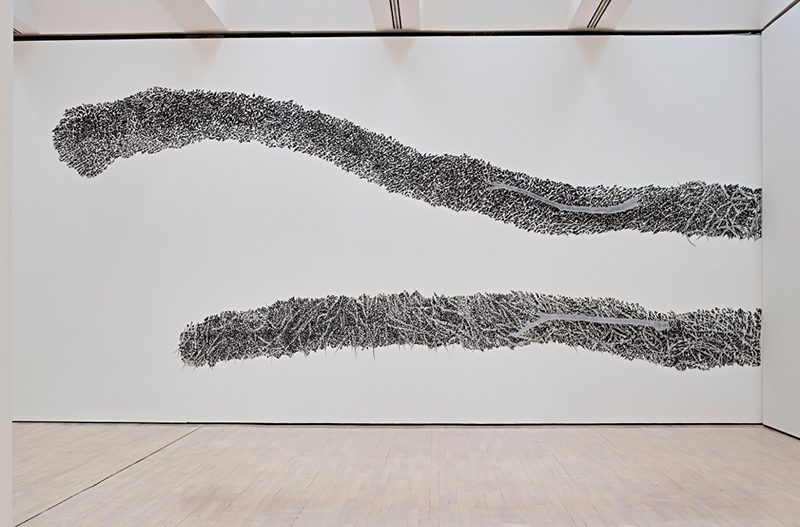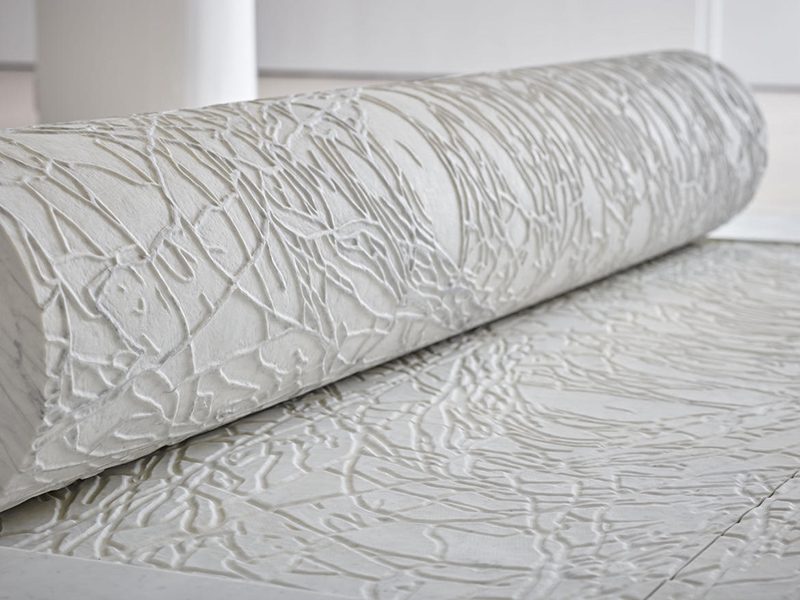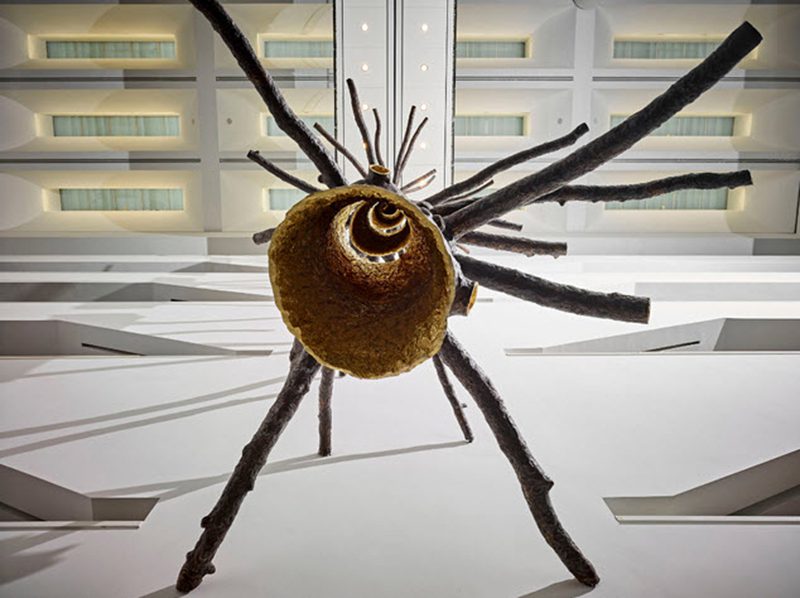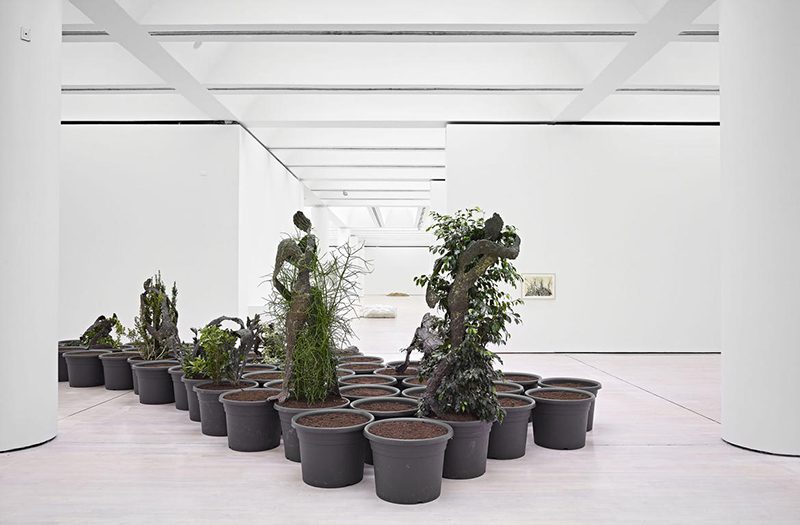ART-PRESENTATION: Giuseppe Penone-Sculpture
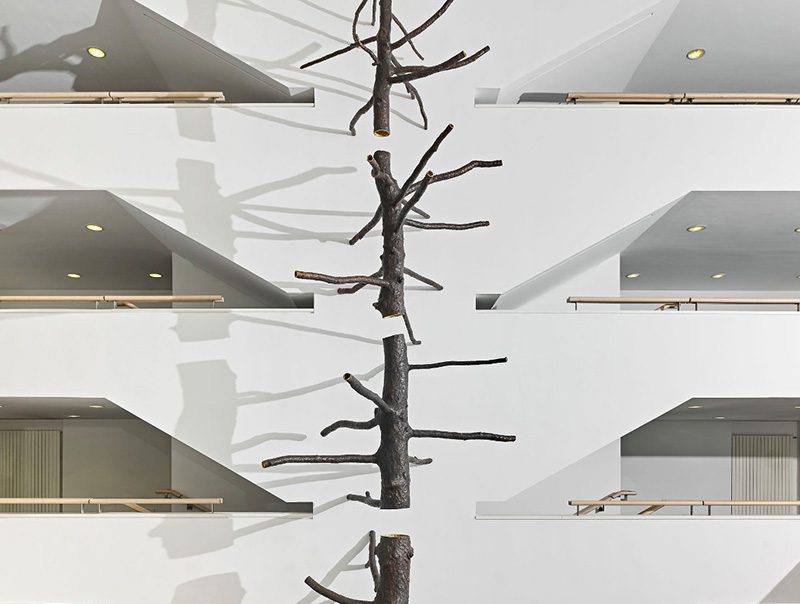 Giuseppe Penone belonged to Italy’s Arte Povera Movement of the ‘60s. Like many in the group, Penone uses simple materials from daily life to unsettle the boundaries between art and nature, and to point out the interdependence among all organic life forms. His work demonstrates an attitude of astonishment and respect for all materials from the natural environment – stone, resin, leather and wood.
Giuseppe Penone belonged to Italy’s Arte Povera Movement of the ‘60s. Like many in the group, Penone uses simple materials from daily life to unsettle the boundaries between art and nature, and to point out the interdependence among all organic life forms. His work demonstrates an attitude of astonishment and respect for all materials from the natural environment – stone, resin, leather and wood.
By Efi Michalarou
Photo: Mart Museum Archive
Since the beginning of his career, Penone has constructed a discourse on sculpture based on a relationship with the plant world. In the exhibition “Giuseppe-Penone Sculpture” at Museo di arte moderna e contemporanea di Trento e Rovereto (Mart), a number of new and significant works are presented, reinterpretations of historical works shown in close relation with the museum spaces. Right from the entrance, architecture and sculpture intertwine, highlighting the characteristics of the space and of the matter, the experience of light and that of volume. In the center of the Mart, a large bronze trunk climbs almost to the point of breaking the structure of the Museum, while a marble almost 20 meters high marks the center of a layout in the spacious spaces of the 2nd floor, which for the first time are presented as pure architecture free of any wall. All around grows an empathetic landscape made of bronze bark, anthropomorphic forms and gestures of plants, imprints of trees, marble veins, casts of soil. For Penone, Nature represents the great memory, the ever-present model of the processes of change and growth that shape the individual life. His art is often concerned with the revelation and realisation in the form of sculpture of natural processes which may normally be hidden or invisible. He has returned consistently to the tree as a model for his sculpture (and for many of his drawings and tree rubbings); its stationary, vegetal form embraces and integrates the events of its life. The tree cannot forget or dispose of the marks of time and becomes a metaphor for all systems of growth and change – and for the structure of history itself. Another facet of Penone’s work has been to explore the apparent parallels between human physiognomy and organic forms. In his recent “Mind Landscape” drawings, Penone has used strips of adhesive tape and carbon powder to trace the fissures and contours of the human brain. With their network of veins and dense texture, the rubbings resemble leaves or parts of vegetation. Penone seems to be drawing a parallel between the very nerve-centre of human activity, with all its functions of memory and sensation, and the organisms of the natural world.
Info: Curator: Gianfranco Maraniello, Museo di arte moderna e contemporanea di Trento e Rovereto (Mart Museum), Corso Bettini 43, Rovereto, Duration 19/3-26/6/16, Days & Hours: Tue-Thu & Sat-Sun 10:00-18:00, Fri 10:00-21:00, www.mart.tn.it
